Did you know the scientific term for the water cycle is the hydrologic cycle?
I was on a hike the other day and thought about the apple activity I do during our Water Wonders class to demonstrate how much fresh water is on earth. Using an apple to represent the earth, I cut 30% off to represent the amount of land on earth and the remaining 70% of the apple to represent the amount of water on earth.
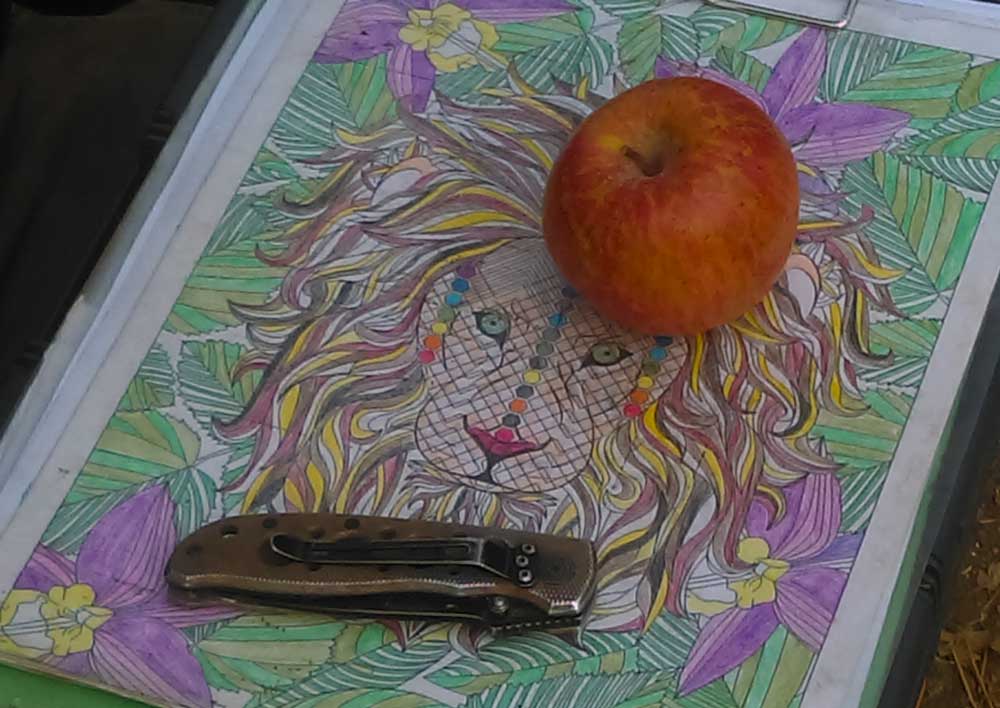 I then proceed to cut 2% off the 70% to represent fresh water and then cut the 2% in half to show 1% of fresh water that is usable and accessible. The 1% sliver of an apple slice is all the water, or apple, we can share as humans on earth. Unfortunately as I share the apple with my students, not every student gets equal-sized pieces or any piece at all.
I then proceed to cut 2% off the 70% to represent fresh water and then cut the 2% in half to show 1% of fresh water that is usable and accessible. The 1% sliver of an apple slice is all the water, or apple, we can share as humans on earth. Unfortunately as I share the apple with my students, not every student gets equal-sized pieces or any piece at all.
I then discuss conservation (using less) and preservation (keeping what we have clean, healthy, and well-off). Usually a student asks, “Well, how do we get more?”, I divide the left-over apple up amongst the students and tell them that we get more by fixing and replenishing the water cycle.
The Problem
Considering how much fresh water is accessible to humans, 1%, we are destroying our fresh water by affecting the water cycle on both a small and large scale.
On a small scale, farming contributes to sulfur dioxide and nitrogen oxide pollution as runoff pollutants and they become a major role in acid rain. Acid rain affects the quality of food that is grown and eaten.
On a large scale, incidents such as the Keystone Pipeline leak (210,000 gallons of oil spilt in South Dakota in November 2017) contaminate waterways. 1 Groundwater is used in areas where droughts are present, groundwater mining may be needed but can cause pollutants to enter freshwater sources. Reservoirs (man-made lakes) being created, deforestation, mining, irrigation, and urbanization are all other factors which pollute our water and affect the water cycle.

What You Need to Know
In order to understand the problem or the solution, we must first understand the water cycle; or in scientific terms, the hydrologic cycle. The water cycle is the continuous movement of water around the world through processes such as:
- Evaporation: the process where water moves from a liquid to a gas,
- Condensation: the process of water moving from gas to a liquid,
- Precipitation: wet weather (rain, sleet, snow),
- Transpiration: Release of water by plants,
- Percolation: process where precipitation gets absorbed by the ground, and
- Run-off: precipitation that falls and ends up in rivers.
According to NASA, 90% of precipitation in our atmosphere is a result of evaporation of larger bodies of waters (lakes, oceans, seas). 2 All powered by the sun’s energy, the water cycle is a natural process which all life depends on and it needs to be healed.
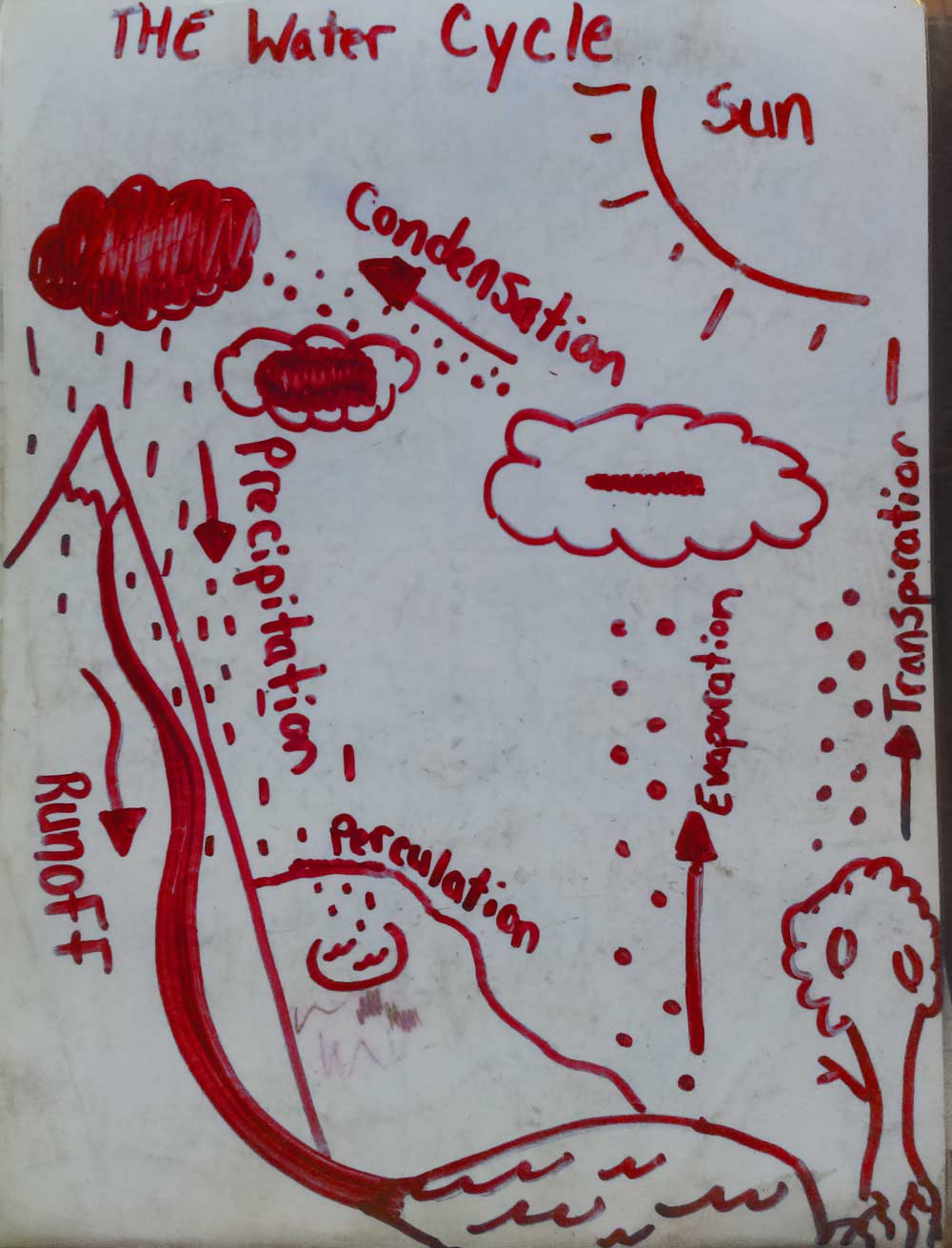
Human Effects on the Water Cycle
According to a NASA report called “Human Impact on the Global Water Cycle”
“Large Scale human manipulation of water has significantly altered global patterns of stream flow. Resulting changes in sea level, ocean salinity, and biophysical properties of the land surface could ultimately generate climate feedbacks.” They go on to say, “Human regulation of river flow and vegetation clearing has reduced river runoff by around 324km cubed per year, representing nearly 1% of total annual streamflow and around 10% of the yearly volume of fresh water used by people.” 3
According to the Connecticut Department of Energy and Environmental Protection, “as we develop land and increase the amount of paved surfaces and buildings, known as impervious cover, the water cycle is changed. Less rainfall and snowmelt sinks into the ground and more water flows rapidly over the land into our lakes, rivers, and estuaries. Storm water runoff can lead to increased flooding, erosion, pollution, and decreased groundwater recharge during dry periods…Storm water is recognized nationally as the leading cause of water pollution today.” 4
This changing of the land is called Urbanization:
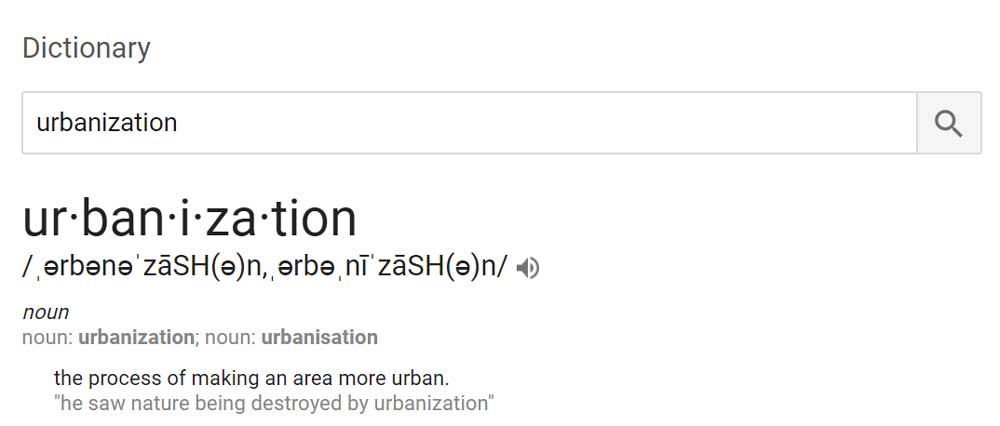
These side effects of the water cycle affect the price of food you buy and eat, water restrictions and prices, leisure activities (such as surfing, boating, swimming, fishing), and have tremendous impact on environments and ecosystems everywhere. Drier ecosystems can experience more droughts and wildfires without the resource needed to defend, while wetland-type ecosystems clean water that runs through them, they still are experiencing possible extinction of species which could be a main food or medicine source for humans or animals.
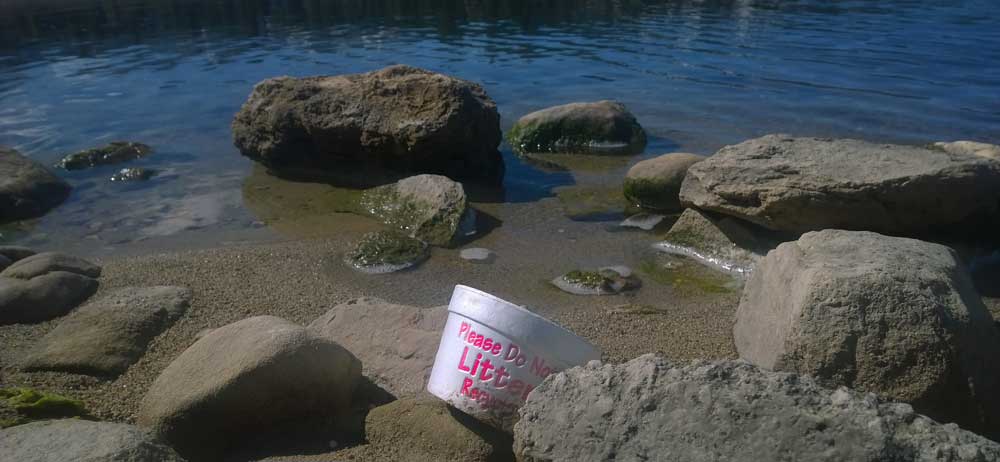
What We Can Do
Conservation and preservation are major points when it comes to healing the water cycle. Practicing water conservation on an individual level would include: turning off shower water while apply soap, taking fewer showers, “if it’s yellow let it mellow”, wash multiple cars at once.
To preserve our waters, you can: clean up local waterways or streets, don’t dump chemicals into plumbing and sewage, and consciously recreate to minimize pollution, such as, kayaking instead of using a motor boat. There are also Low Impact Development (LID) techniques which manage storm water runoff by imitating’s the natural movement of water. Some LID techniques include: rain barrels, rain gardens, and even swales (small ditches). LID techniques benefit your town/community because they are consistent with environmental responsibility while increasing marketability.” All these suggestions are great ways to start preserving and conserving water at home. Learn more about Low Impact Development techniques here.
On a large scale, there have been organizations, scientists, and researchers finding solutions to our water cycle issue. The state of California for example put a cost on plastic bags to help reduce the amount of plastic that ends up in our oceans. Natural replenishing systems such as the Global Ocean Conveyor Belt exist to help the water cycle by cleaning ocean water throughout the world. 5 Humans have even been able to create a machine, the Perpetual Salt Fountain, to mimic this system to help aid in recovering our water cycle.
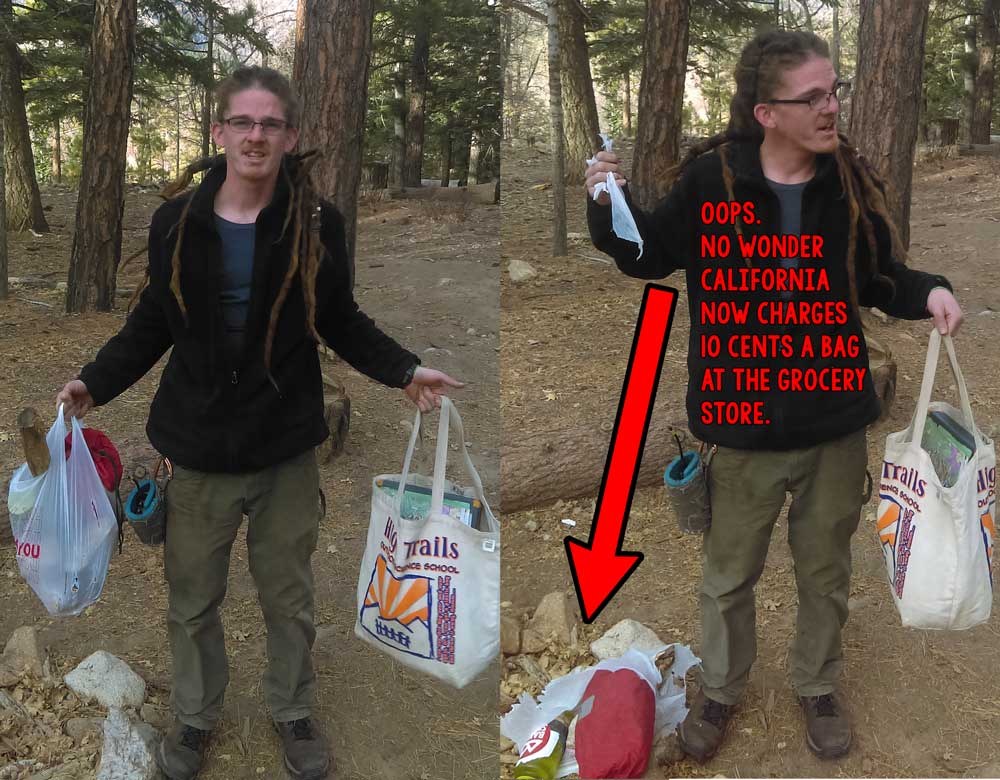
I hope in understanding the water cycle, water pollution and its effects on the water cycle and ecosystems you clearly see the problem we are experiencing. Educating neighbors, friends, and family while leading by example using the conservation and preservation techniques you can help replenish the water cycle.
I leave you with this, we are humans that are provided for by the earth, we are also about 70% water like the earth. If we were sick we would heal and get better, usually with some help. Earth needs humans to help replenish the water cycle by simple everyday life choices in order to conserve and preserve our most precious resource, water.
Learn More
Here a good podcast featuring Sandra Postel, Director of the Global Water Policy Project, that can teach you some more on the subject: https://www.peakprosperity.com/podcast/96676/sandra-postel-repairing-water-cycle
At High Trails Outdoor Science School, we literally force our instructors to write about elementary outdoor education, teaching outside, learning outside, our dirty classroom (the forest…gosh), environmental science, outdoor science, and all other tree hugging student and kid loving things that keep us engaged, passionate, driven, loving our job, digging our life, and spreading the word to anyone whose attention we can hold for long enough to actually make it through reading this entire sentence. Whew…. www.dirtyclassroom.com
- https://www.nytimes.com/2017/11/16/us/keystone-pipeline-leaks-south-dakota.html ↩
- “Human Impacts on the Global Water Cycle: Effects on Sea-Level and Climate.” NASA, NASA, www.giss.nasa.gov/research/briefs/gornitz_02/ ↩
- “Human Impacts on the Global Water Cycle: Effects on Sea-Level and Climate.” NASA, NASA, www.giss.nasa.gov/research/briefs/gornitz_02/ ↩
- Connecticut Department of Energy and Environmental Protection, Bureau of Water Protection and Land Reuse. “Rainfall as a Resource” (Low Impact Development Brochure) www.ct.gov/dep/watershed. April 2009. ↩
- US Department of Commerce, National Oceanic and Atmospheric Administration. “What is the Global Ocean Conveyor Belt?” NOAA’s National Ocean Service, 1 June 2013, oceanservice.noaa.gov/facts/conveyor.html ↩

Comments are closed.